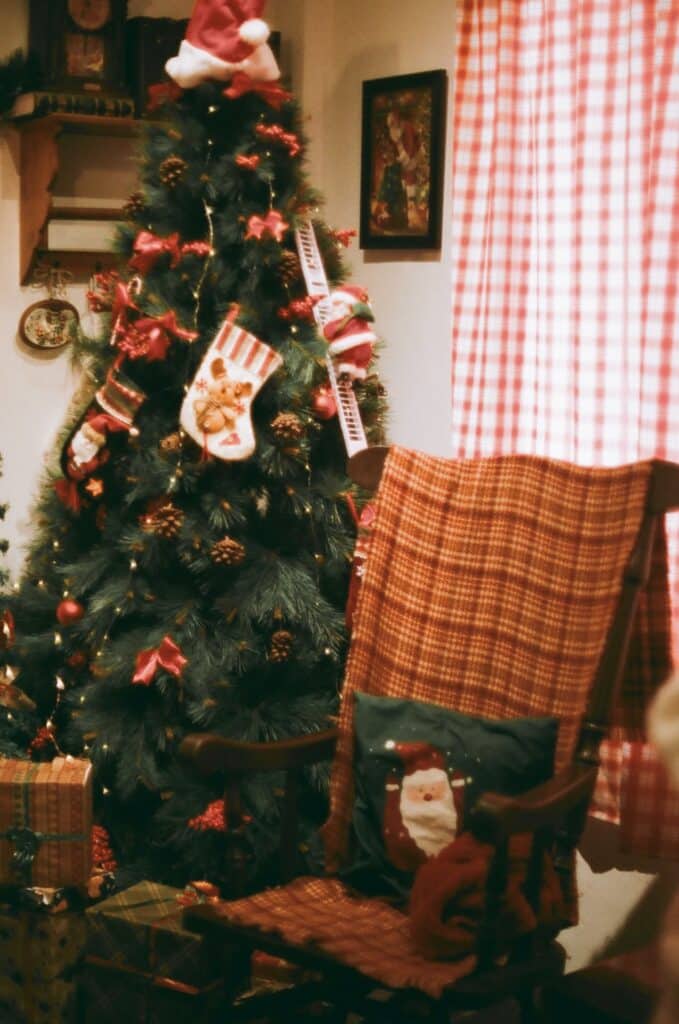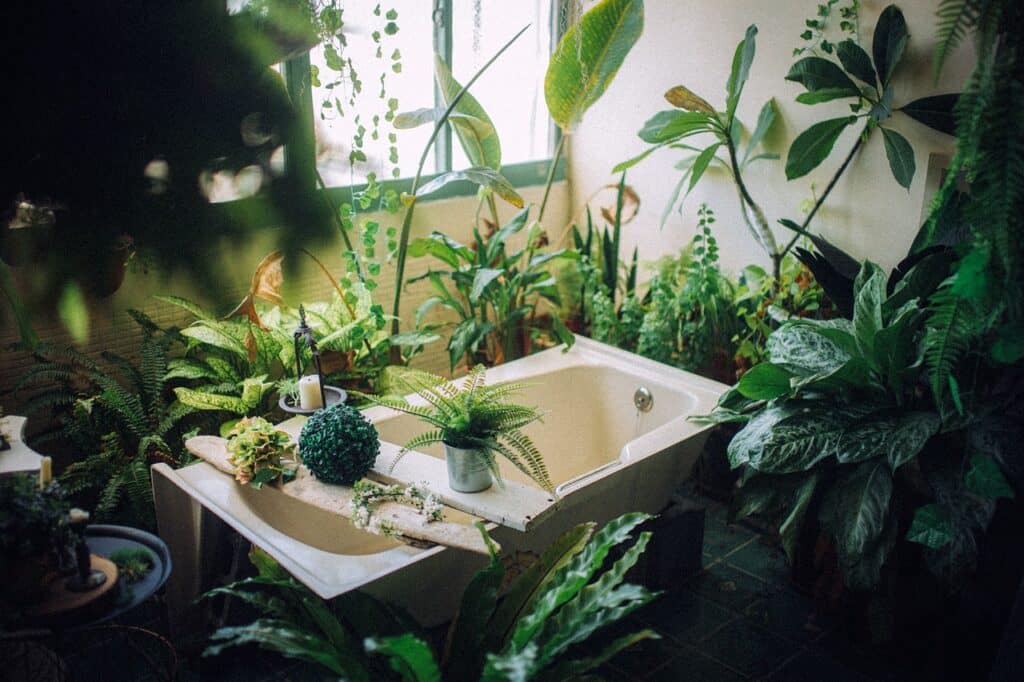Discover a range of cat-safe indoor plants! Explore a variety of non-toxic options like spider plants, Boston ferns, and palms that add greenery to your home without posing a threat to your feline friends. Learn which plants are safe and suitable for a cat-friendly environment.
If you’re a cat owner, you probably want to fill your home with greenery to create a calming and inviting space. However, it’s important to consider the safety of your feline friend when choosing houseplants. In this article, we will explore what indoor plants are ok for cats that are not only beautiful but also safe for your curious and playful kitty. So, keep reading to discover the perfect plant companions for your furry friend!
Understanding Cats and Houseplants
Cats have a natural curiosity that often extends to exploring the world around them, including houseplants. It is important for cat owners to understand the natural instincts of their feline friends towards plants to ensure a safe and harmonious environment.
Natural instincts of cats towards plants
Cats have an innate instinct to explore and investigate their surroundings, which includes chewing and nibbling on various objects, including houseplants. This behavior is rooted in their ancestral instincts as hunters and foragers. In the wild, cats would consume plants as a part of their diet to aid digestion, obtain essential nutrients, and even induce vomiting when necessary.
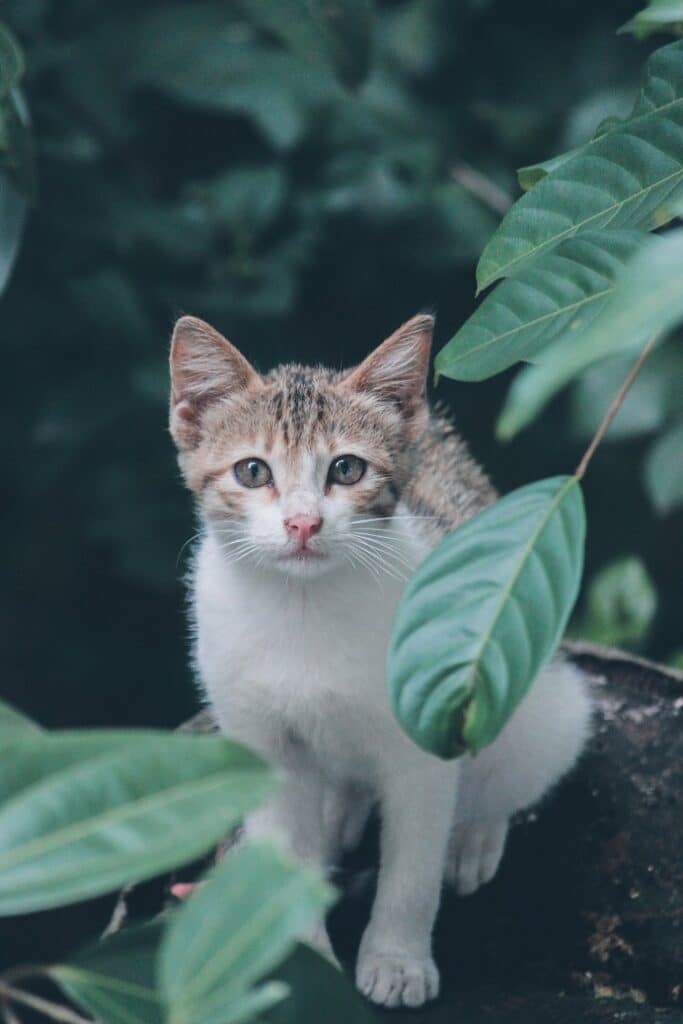
Reasons why cats chew on plants
What indoor plants are ok for cats? Cats may chew on plants for a variety of reasons. One common motivation is boredom or a need for mental stimulation. Chewing on leaves or nibbling on tender shoots provides a form of entertainment and can alleviate stress or anxiety for cats. Additionally, some plants have an appealing texture or taste to cats, which may drive them to explore further. Thus, proper understanding and providing suitable alternatives can help deter cats from chewing on houseplants.
Concerns about cats eating houseplants
While chewing on some plants may seem harmless, it is essential to keep in mind that certain houseplants can be toxic to cats. Ingesting toxic plants can lead to a range of health issues, from mild gastrointestinal upset to severe poisoning or even organ failure. Identifying and removing toxic plants from your home is crucial to ensure the well-being of your feline companion.
Toxic Plants for Cats
As responsible cat owners, it is crucial to familiarize ourselves with common toxic houseplants to prevent accidental harm to our beloved pets.
Common toxic houseplants
Some common houseplants that are toxic to cats include:
- Sago Palm
- Lily (Various species)
- Dieffenbachia
- Philodendron
- Pothos
- Peace Lily
It is crucial to research and identify the plants within your home to ensure the safety of your feline companion.
Effects of toxic plants on cats
Ingesting toxic plants can have various effects on a cat’s health. Symptoms may include vomiting, diarrhea, drooling, difficulty breathing, tremors, or even seizures. In more severe cases, it can lead to organ damage and require immediate veterinary attention. Swift action is necessary if you suspect your cat has ingested a toxic plant.
Immediate steps to take if your cat ingests a toxic plant
If you suspect or witness your cat ingesting a toxic plant, it is essential to take immediate action. Remove any remaining plant material from your cat’s mouth and prevent further consumption. Contact your veterinarian or an emergency pet hotline to seek professional guidance. However, it is crucial to provide them with information about the specific plant ingested, the quantity, and your cat’s current symptoms. Quick action can potentially save your cat’s life.
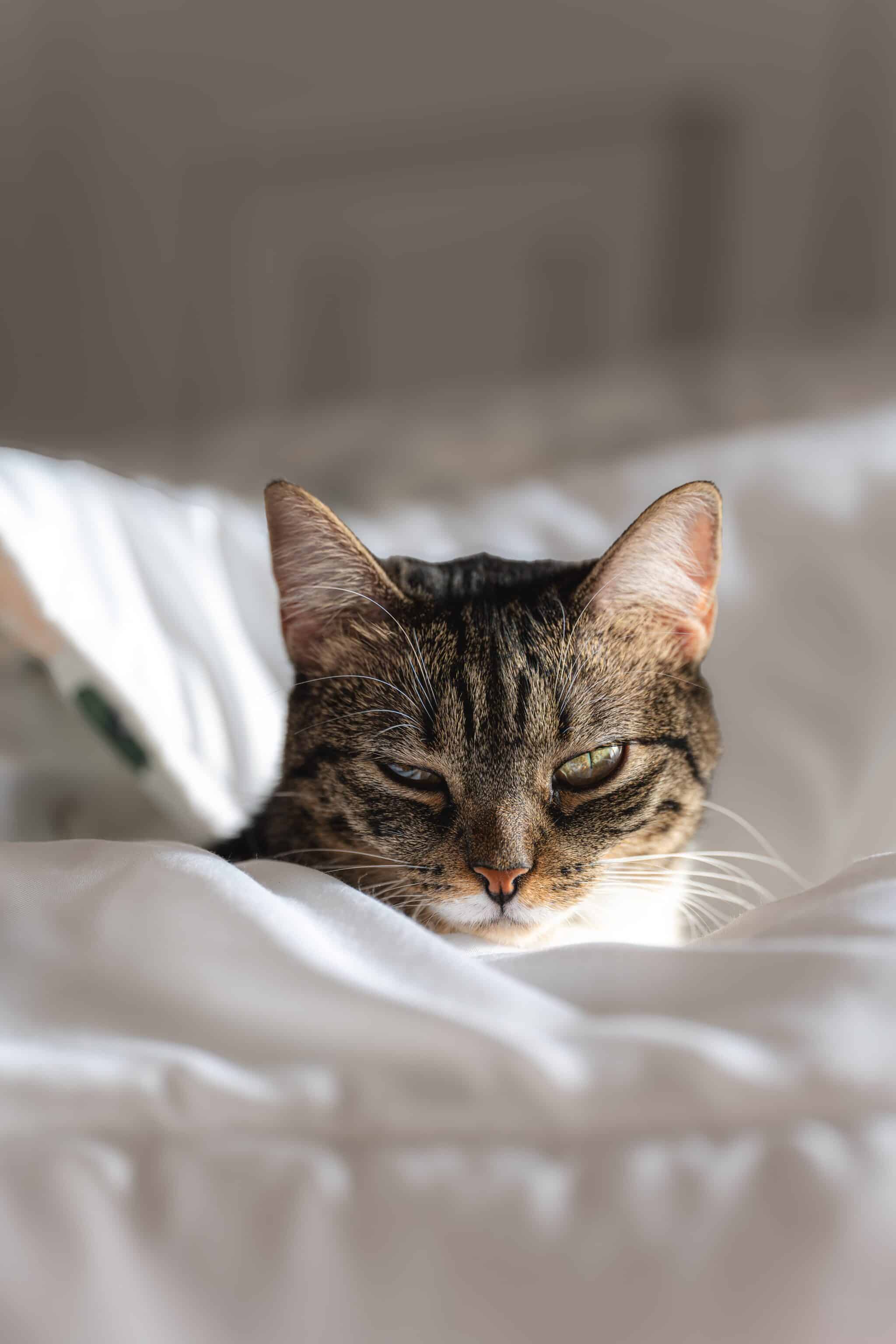
Areca Palm
The Areca Palm, also known as Dypsis lutescens, is a popular houseplant known for its graceful appearance and air-purifying properties. It is also safe for cats, making it an ideal addition to any cat-friendly indoor garden.
Description and care for Areca Palm
The Areca Palm features feathery, arching fronds that add a touch of tropical elegance to any space. It thrives in bright, indirect light and prefers well-draining soil. Regular watering to maintain soil moisture without overwatering is essential for its health. What indoor plants are ok for cats? Providing adequate humidity levels can also contribute to its overall well-being.
Benefits of Areca Palm for cats
Areca Palm is safe for cats, meaning they can coexist peacefully with this plant without the risk of toxicity. This makes it an excellent choice for cat owners looking to bring some greenery into their homes without compromising their feline companion’s safety. The feathery fronds of the Areca Palm provide cats with a visually stimulating and non-toxic environment to explore.
Significance of Areca Palm in improving indoor air quality
Besides being safe for cats, Areca Palm is renowned for its air-purifying capabilities. It helps remove harmful pollutants such as formaldehyde, benzene, and xylene from the air, creating a cleaner and healthier atmosphere for both humans and cats alike. Thus, this makes the Areca Palm a fantastic addition to any home, particularly those with indoor cats.
Spider Plant
The Spider Plant, scientifically known as Chlorophytum comosum, is a popular houseplant known for its graceful arching leaves and easy care requirements. In addition to its aesthetic appeal, it is also safe for cats, making it a perfect choice for cat owners.
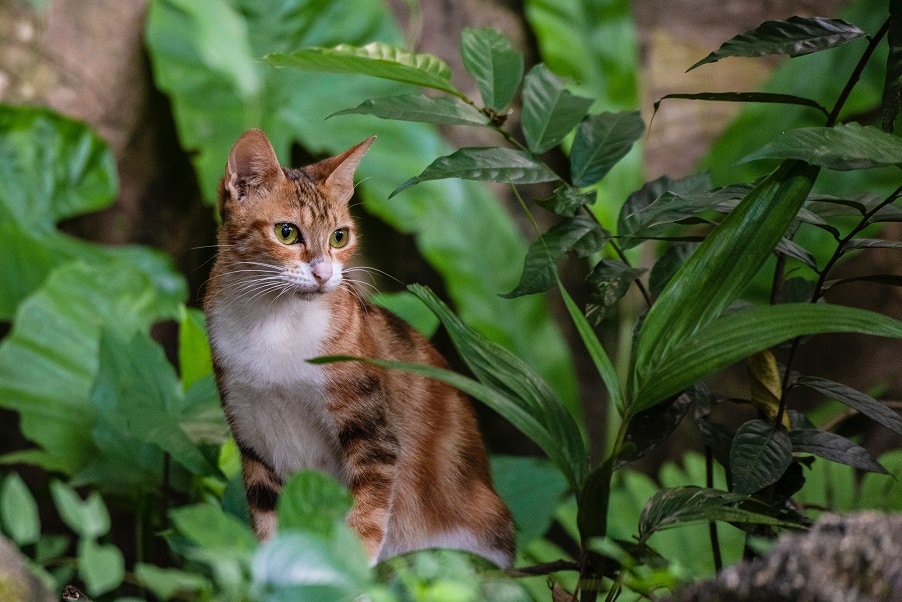
Understanding the spider plant
Spider plants are characterized by their long, arching leaves with a green and white stripe pattern that resembles a spider’s legs. They thrive in bright, indirect light and can tolerate a range of temperatures. Spider plants are also quite hardy and forgiving, making them an excellent choice for beginners or those who tend to forget frequent watering.
Why spider plants are safe for cats
One of the reasons why spider plants are safe for cats is that they are non-toxic. This means that even if your feline friend decides to take a curious nibble, it will not harm them. However, this makes spider plants a popular choice among cat owners who want to enhance their indoor space with greenery while ensuring their cat’s safety.
Tips for growing and maintaining spider plants
Maintaining a healthy spider plant is relatively straightforward. Provide your spider plant with well-draining soil and water it thoroughly when the top inch of the soil feels dry. Spider plants enjoy moderate humidity levels and benefit from occasional misting. Pruning any brown or wilting leaves and providing indirect sunlight will help ensure your spider plant thrives and remains an appealing addition to your cat-friendly indoor garden.
Boston Fern
Boston Fern, also known as Nephrolepis exaltata, is a lush and graceful houseplant known for its voluminous fronds. What indoor plants are ok for cats? The good news for cat owners is that Boston Ferns are safe for cats, allowing both plant and pet lovers to coexist harmoniously.
General information about Boston Ferns
Boston Ferns are characterized by their delicate, feathery fronds that create a lush, cascading foliage display. They prefer bright, indirect light and moderate to high humidity levels. Proper watering is essential to keep the soil consistently moist without becoming waterlogged.
Why Boston Ferns are safe for cats
Boston Ferns are non-toxic to cats, meaning they pose no threat if your feline companion decides to explore or taste the fronds. This makes Boston Ferns an excellent choice for those looking to enrich their living space with a touch of natural beauty while ensuring their cat’s safety.
Proper care for Boston Ferns
To keep your Boston Fern healthy and thriving, it is important to provide it with the right care. Mist the fronds regularly to maintain what indoor plants are ok for cats as they require humidity levels, especially in drier environments. Avoid placing the fern in direct sunlight, as it prefers shaded areas. Water the plant thoroughly whenever the top inch of the soil feels dry, and consider using a pebble tray to create a humid microclimate for the fern. With proper care, your Boston Fern can flourish alongside your feline friend.
Bamboo Palm
Bamboo Palm, scientifically known as Chamaedorea seifrizii, is an elegant and hardy palm species that can thrive indoors. Indeed, the great news for cat owners is that Bamboo Palms are safe for cats, making them an ideal addition to a cat-friendly indoor garden.

Introduction to Bamboo Palm
Bamboo Palms are native to Mexico and Central America and feature thin, bamboo-like stems and lush green foliage. They prefer bright, indirect light and can tolerate lower light conditions. Bamboo Palms are also relatively low-maintenance, making them a popular choice for those looking to add a touch of tropical charm to their home.
Why Bamboo Palm are safe for cats
Bamboo Palms are non-toxic to cats, meaning that if your feline friend decides to investigate or nibble on the plant, it will not harm them. This makes Bamboo Palms a fantastic option for cat owners who are concerned about their pet’s safety when it comes to houseplants.
How to grow and maintain Bamboo Palm
Growing and maintaining a Bamboo Palm is relatively straightforward. It thrives in well-draining soil, so ensuring proper drainage is crucial. Water the plant when the top inch of the soil feels dry and mist it occasionally to increase humidity levels. Bamboo Palms prefer temperatures between 65-80°F (18-27°C) and can tolerate slightly cooler conditions. With the right care and attention, your Bamboo Palm can bring a touch of tropical paradise to your cat-friendly indoor garden.
Barberton Daisy
Barberton Daisy, scientifically known as Gerbera jamesonii, is a vibrant and cheerful flowering plant known for its colorful blooms. What indoor plants are ok for cats? The good news for cat owners is that Barberton Daisies are safe for cats, making them a delightful addition to any cat-friendly indoor garden.
Knowing the Barberton Daisy plant
Barberton Daisies feature large, daisy-like flowers with a wide range of vibrant colors, including red, yellow, pink, and orange. They thrive in bright, indirect light and prefer well-draining soil. Barberton Daisies require regular watering to keep the soil evenly moist, making them a great choice for those with a green thumb.
Reasons why Barberton Daisies are safe for cats
Barberton Daisies are non-toxic to cats, allowing your feline friend to safely explore and enjoy their vibrant presence. This makes them an excellent option for cat owners who want to add a splash of color to their indoor garden without compromising their pet’s well-being.
Caring for your Barberton Daisy
To ensure the health and longevity of your Barberton Daisy, it is important to provide it with the appropriate care. Place the plant in a location that receives bright, indirect light, ensuring it is not exposed to direct sunlight. Water the plant regularly, allowing the top inch of soil to dry out slightly between waterings. With proper care, your Barberton Daisy can thrive and provide a beautiful aesthetic to your indoor space while keeping your cat safe.
Are Orchids Safe for Cats?
Orchids are renowned for their exquisite beauty and elegance, making them a popular choice among plant enthusiasts. If you are a cat owner with a love for orchids, you may wonder whether these stunning plants are safe for your feline companion.
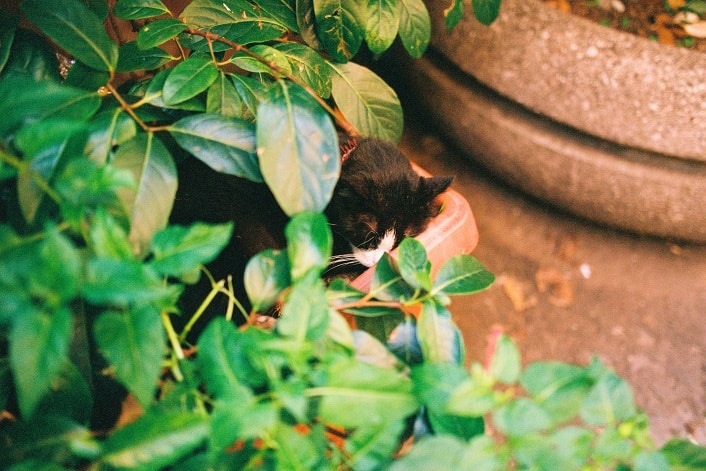
All about Orchids
Orchids are a diverse family of flowering plants, with thousands of species and hybrids found worldwide. They come in a wide array of colors and forms, adding a touch of sophistication to any indoor space. Orchids are cherished for their unique and intricate blooms, making them a favorite among plant enthusiasts.
Investigating if Orchids are safe for cats
The good news is that orchids are generally non-toxic to cats. While they are safe if ingested, it is still advisable to keep them out of your cat’s reach to prevent potential damage to the delicate blooms or accidental ingestion of other non-cat-friendly components such as potting materials. Despite being non-toxic, it is always important to observe your cat’s behavior around the orchids, as some felines may have an affinity for exploring or knocking over plants.
Maintaining healthy Orchids
To keep your orchids healthy and thriving, it is essential to provide them with the right care. What indoor plants are ok for cats? Orchids typically require bright, indirect light, and it is important to avoid exposing them to direct sunlight, as it can scorch their delicate leaves. Proper watering is also crucial, as orchids prefer a balance between moist and dry conditions. Using well-draining potting media specifically formulated for orchids can help ensure their optimal growth and health.
Are Succulents Safe for Cats?
Succulents have gained immense popularity in recent years due to their unique, fleshy foliage and ability to thrive in dry conditions. If you are a cat owner and have a penchant for succulents, you may be wondering whether these trendy plants are safe for your furry friend.
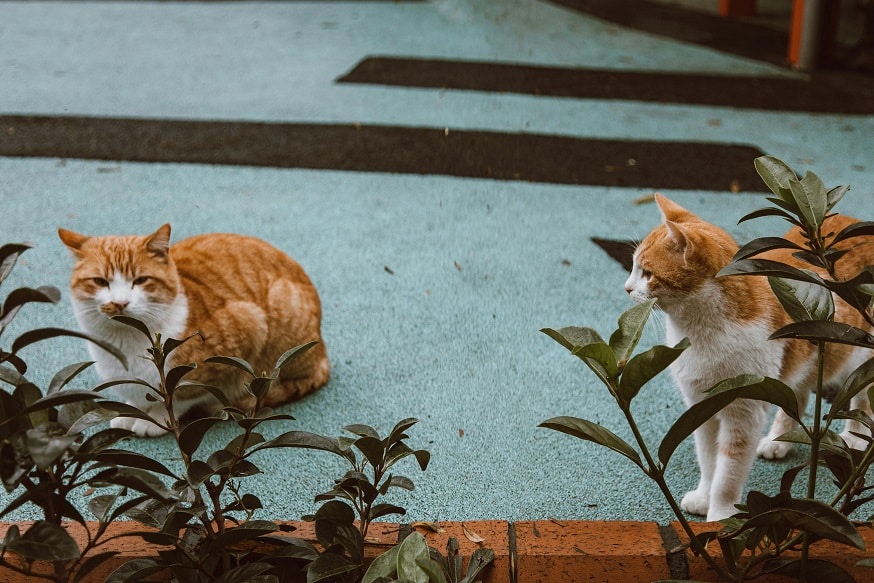
Introducing various types of succulents
Succulents encompass a diverse range of plant species that have adapted to store water in their leaves, stems, or roots. They come in various shapes, sizes, and colors, making them a versatile addition to any indoor or outdoor space. Popular succulents include Aloe vera, Echeveria, Haworthia, Jade Plant, and Snake Plant, to name a few.
Evaluating if succulents are safe for cats
While succulents are generally non-toxic to cats, it is important to exercise caution when introducing them into your home. Some succulents may have thorny or spiky foliage, which can pose a physical risk to your cat if they decide to investigate or play with the plants. What indoor plants are ok for cats? Additionally, succulents may be mildly irritating if ingested in large quantities, leading to gastrointestinal upset. Therefore, it is advisable to keep particularly prickly succulents out of your cat’s reach and monitor their behavior around these plants.
Keeping succulents healthy
Succulents thrive in bright, indirect light, making them suitable for various indoor spaces. They typically require well-draining soil and prefer infrequent watering, allowing the soil to dry out between watering sessions. Overwatering can lead to root rot and other issues, so it is crucial to strike the right balance. With proper care and attention, your succulents can thrive while providing a unique aesthetic to your home.
Creating a Safe Indoor Garden for Cats
Creating a safe and engaging environment for your feline companion is important for their overall well-being. While some houseplants may be off-limits to cats, there are numerous ways to create a cat-friendly indoor garden.
Ideas for a cat-friendly indoor garden
One way to create a cat-friendly indoor garden is to incorporate cat-friendly plants such as Areca Palms, Spider Plants, Boston Ferns, Bamboo Palms, Barberton Daisies, orchids, or select non-toxic succulents. These plants not only provide visual stimulation for your cat but also contribute to a healthier indoor air quality.
Additionally, consider adding vertical elements to your garden, such as cat trees, shelves, or wall-mounted perches. These provide cats with climbing opportunities and vertical territory, replicating their natural instinct to explore elevated spaces. Incorporating scratching posts and interactive toys can also keep your cat mentally and physically engaged.
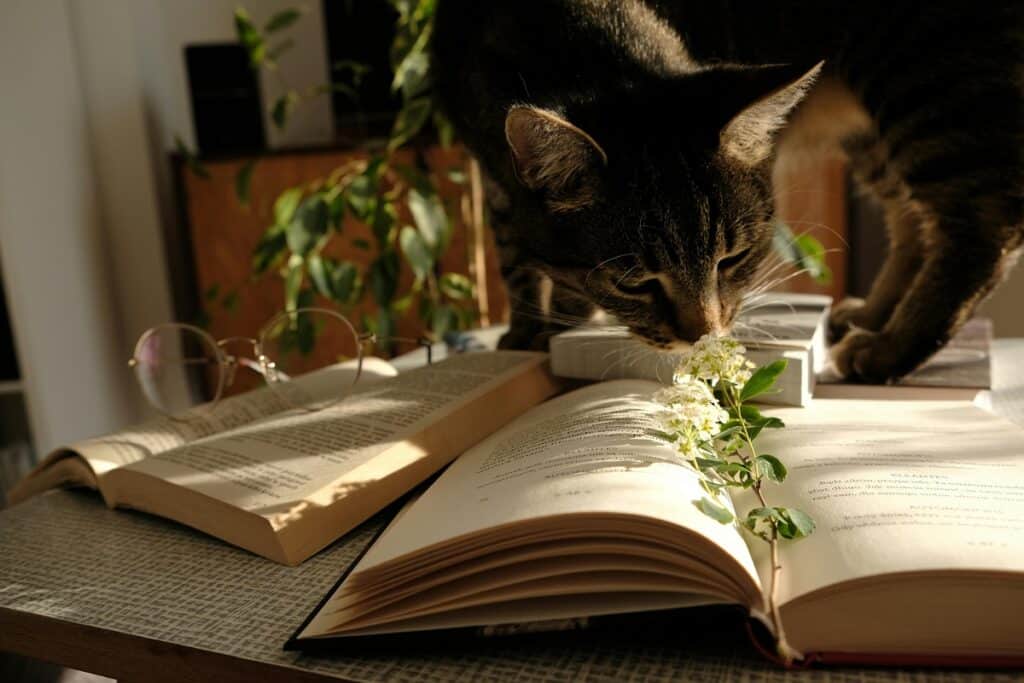
Important elements to consider when creating a safe indoor garden
When creating a safe indoor garden for cats, what indoor plants are ok for cats. There are several key elements to consider. First and foremost, ensure that any plants present in your cat-friendly garden are non-toxic to cats. Research and educate yourself on the specific plant species you choose and keep a list of toxic plants to avoid.
In addition to plant selection, be mindful of the placement of your plants. Avoid placing them near heating vents or areas where your cat may knock them over, potentially causing harm to both the plant and your pet. Consider using heavy, stable pots to prevent accidental tipping and always provide appropriate drainage to avoid waterlogging.
Alternatives to houseplants for felines
If owning houseplants in a cat-friendly environment seems challenging or risky, there are alternatives that what indoor plants are ok for cats? Cat grass, for example, is a safe and edible option for cats. It not only provides essential nutrients but also aids in digestion and helps prevent the consumption of potentially harmful plants. Catnip is another favorite among cats, providing mental stimulation and even stress relief. However, it is important to offer catnip in moderation, as excessive use can lead to overexcitement or potential behavioral issues.
Conclusion
In conclusion, by understanding the natural instincts of what indoor plants are ok for cats, identifying toxic houseplants, and selecting safe alternatives, you can create a safe and attractive indoor garden that both you and your feline friend can enjoy. With proper care and attention, your home can become a harmonious haven where plants and cats coexist peacefully.



